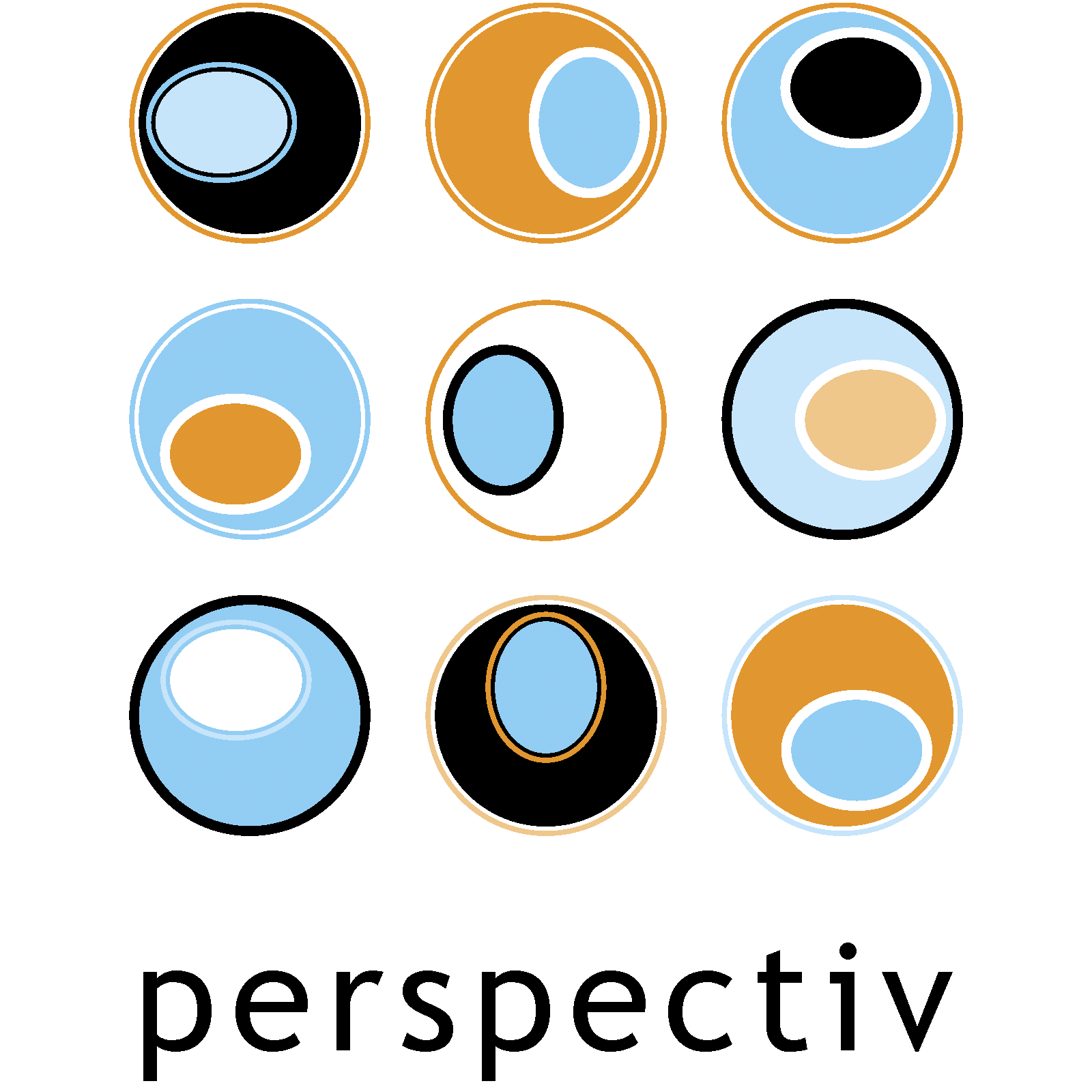So you think you know how to Brainstorm? #2
This post was written by Perspectiv’s Andy Wilkins and and Dr. Scott G. Isaksen as Part 2 of two posts about common and highly impactful mistakes people make when using Brainstorming.
THE WHAT – the myths
Brian Hartman (2010) found there have been over 250 studies, reports, and articles evaluating the effectiveness of Brainstorming and he concludes that, “it appears that a majority of the research conducted on Brainstorming has been done using a technique significantly different than the one outlined by its author, Alex Osborn.”
Like the Loch Ness Monster, there is a myth that Brainstorming does not work. Apart from these erroneous studies, the other main reason is that much of the information on the Internet and from other providers is incorrect, too. As a result, when we introduce Brainstorming by the book to a group, many of these misconceptions are already in peoples’ heads.
When we run a programme and ask people what the steps are for Brainstorming, we typically get a wide diversity of opinions. Indeed, one participant (from a legal background) was so playfully annoyed that when he learned what it takes to apply Brainstorming by the book, he jumped up and threated to sue a previous company who had ’taught’ him Brainstorming inaccurately.
SO WHAT – lost productivity and psychological damage
Importantly, what some people call ‘brainstorming’ ends up in many cases being nothing more than a bunch of people sitting around firing off thoughts and then shooting them down.
The alternative that we also often witness is derived from an approach called Robert’s Rules of Order that was introduced in 1876. At the time, there were many advantages of Robert’s Rules of Order over the chaotic and disruptive alternative which was, in summary, structureless meetings.
Surely in the 21st Century we can do better. Robert’s Rules of Order and poorly implemented ‘brainstorming’ stand like a pair of Colossus barring the way to progress.
A recent meta study found many inconvenient truths about meetings, not least of which is that they are unwittingly damaging people. Some of the results include:
When people are put into meetings and asked to solve problems, they show diminished cognitive capacity which equates to the average IQ of each individual dropping by 15 to 20 percent.
IQ drops even further if people do not feel that their contribution is valued.
IQ drops if other people criticise (even implicitly) their contributions.
People’s confidence is reduced – especially when they feel like a junior member of the meeting.
Meetings that don’t start on time tend to be 1/3 less effective than meetings that do.
People don’t really say what’s on their mind and defer to the HIPPO (‘Highest Paid Person’s Opinion’).
Using a trained facilitator dramatically improves productivity and quality.
NOW WHAT – facilitative leadership brings transformation
50+ years of research at the leading academic institution that has been studying Brainstorming (the International Center for Studies in Creativity at the State University of New York) has consistently shown that Brainstorming works when used properly, which includes the use of a trained facilitator.
For example, one of the faculty, Dr. Roger Firestien, found (among many other benefits) that groups trained in Brainstorming produced 2.5 times more good ideas than untrained groups. You can watch a YouTube video of Roger talking about the research.
The linchpin to better, more productive meetings and far better Brainstorming is to use a trained facilitator who will know that effective meetings and Brainstorming require:
Preparation before using the tool
Role clarity – especially of the task owner
An understanding of orientation to change and ‘flavours’ of newness
People to generate individually, in pairs, and in small groups
Group sizes of 5-10 people
The use of generating and focusing guidelines such as Defer Judgment and Affirmative Judgment
The use of enhancers such as SCAMPER
An understanding of the principle of extended effort
Creating a psychologically safe climate.
Main References
Osborn, A.F. (1963). Applied Imagination (3rd ed.). Buffalo, NY: Creative Education Foundation Press.
Firestien, R.L. & McCowan, R.J. (1988). Creative Problem Solving and Communication Behaviors in Small Groups. Creativity Research Journal, 1 (1). 106-114.
Firestien, R.L. (1990). Effects of Creative Problem Solving on Communication Behaviors in Small Groups. Small Group Research, 21 (4). 507-521.
Taylor, D.W., Berry, P.C., & Block, C.H. (1958). Does Group Participation When using Brainstorming Facilitate or Inhibit Creative Thinking. Administrative Science Quarterly, 3(1), 23-47.
Hartman, B.D. (2010). Challenges in Testing the Effectiveness of Brainstorming. Unpublished research paper. Buffalo State College, Buffalo.
Wilkins, A. N. (2023). The awful truth about traditional meetings.
Perspectiv was trained and coached by the Creative Problem Solving Group (CPSB) and Brainstorming giants Scott Isaksen and Brian Dorval, who both in turn worked with Ruth Noller, who worked with Sid Parnes, who worked with Alex Osborn.

